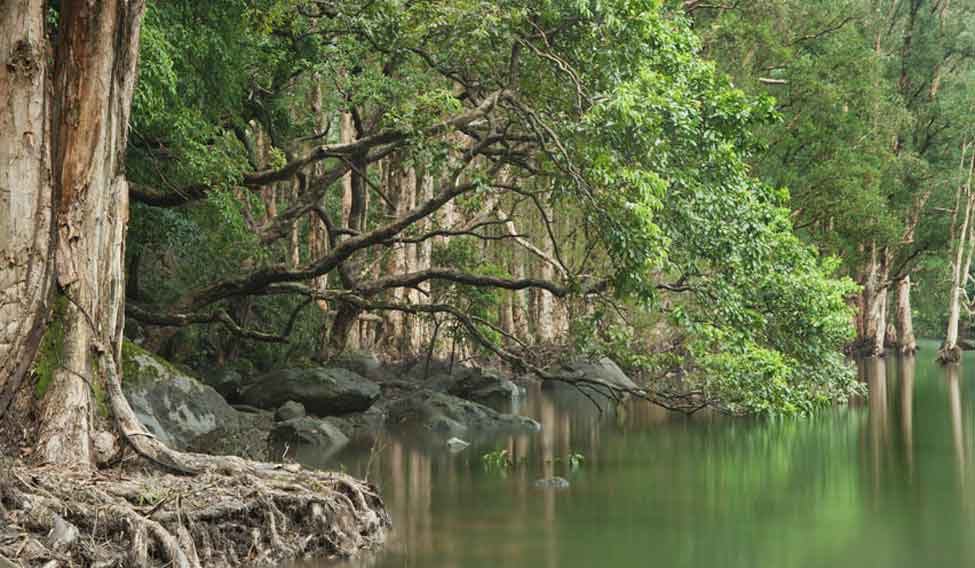In a distressing development, forest cover in the verdant northeastern states has decreased since 2015. The India State of Forest Report 2017, released by Union Minister of Environment, Forests and Climate Change (MoEFCC) Harsh Vardhan, notes a decrease in forest cover in five northeastern states—Mizoram (531sqkm), Nagaland (459sqkm) Arunachal Pradesh (190sqkm) Tripura (164 sqkm) and Meghalaya (116sqkm).
The report mentions the reasons for this decline as shifting cultivation, biotic pressure, rotational felling, diversion of forest land for development activities, submergence of forest cover, agriculture expansion and natural disasters.
The northeast is among the most densely forested regions of the country, supporting unique flora and fauna.
This development was the dark spot in a report which had several revelations for cheering.
Forest and tree cover had increased by one per cent since 2015 with now 8,021sqkm under forest cover. More importantly, very dense forest cover (VDF) has increased by 1.36 per cent. VDF absorbs maximum carbon dioxide.
Forest cover has increased in Andhra Pradesh (2,141sqkm), Karnataka (1,101sqkm) Kerala (1,043sqkm), Odisha (885sqkm) and Telangana (565sqkm).
More importantly, mangrove cover has increased by 181sqkm with Maharastra, Gujarat and Andhra Pradesh registering the increase.
The total carbon stock in forest has increased by 38 million tonnes to 7,082 million tonnes.
Another positive trend was the increase in water bodies by 2,647sqkm over the last decade.
The minister said the green highways policy to develop 140,000 km long tree line would help in increasing green cover.
The forest department added that they would now focus on enhancing scrub land, which they do not even consider as forested area, into open forest areas and work to ensure that areas of dense forest that slipped into open forest is brought back.












